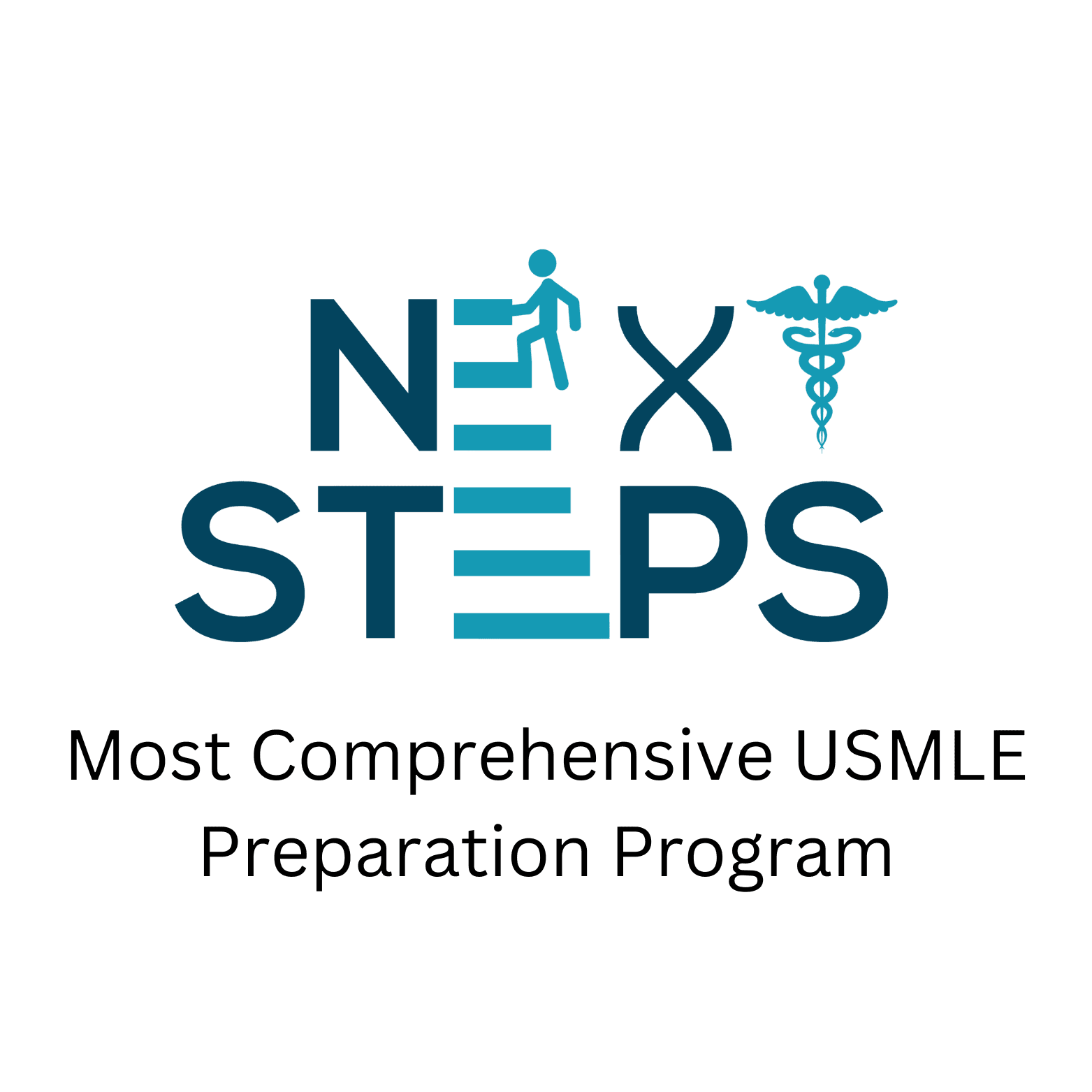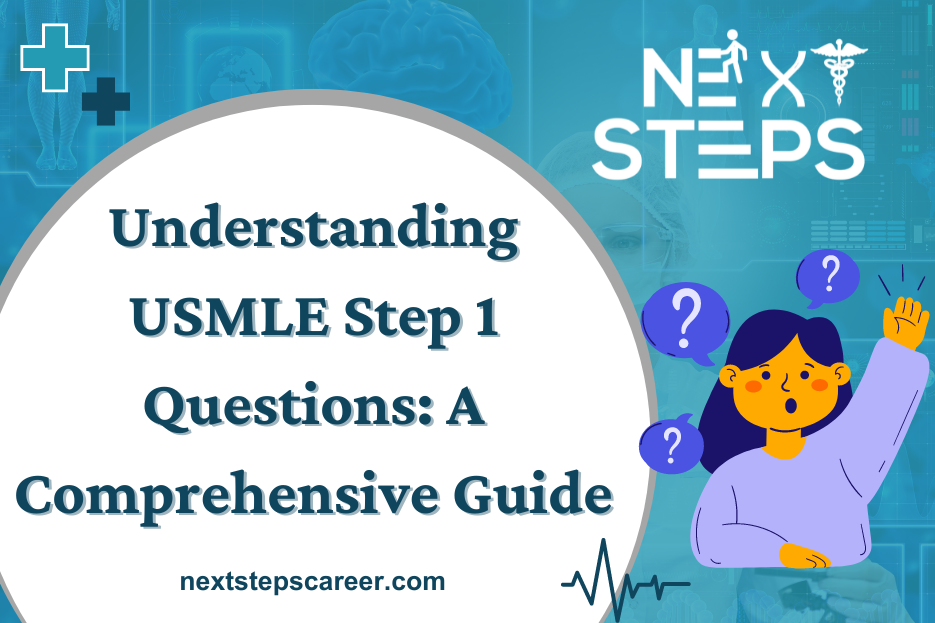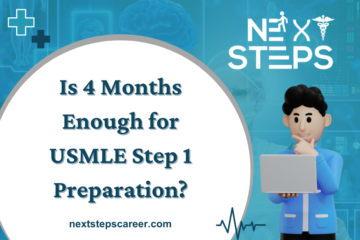The USMLE Step 1 exam is a crucial milestone for medical students, assessing their understanding and ability to apply essential scientific concepts to the practice of medicine. Preparing for this exam requires not only mastering a vast amount of material but also understanding the types of questions you will encounter. This guide will delve into the structure, types, and strategies for tackling USMLE Step 1 questions effectively.
Structure of the USMLE Step 1 Exam
The USMLE Step 1 exam is a computer-based test consisting of approximately 280 multiple-choice questions, divided into seven 60-minute blocks, administered in one 8-hour testing session. The questions are designed to assess your knowledge of basic sciences and their application to clinical scenarios.
Types of Questions on USMLE Step 1
1. Single Best Answer (A-type) Questions:
- These are the most common type of questions on the USMLE Step 1. You will be presented with a vignette or a clinical scenario followed by a question and a list of five possible answers. Your task is to choose the single best answer that accurately addresses the question.
2. Matching Questions:
- In these questions, you will be given a list of items and a set of options. You need to match each item with the most appropriate option. This type of question tests your ability to associate related concepts.
3. Sequential Item Sets:
- These questions consist of a series of questions linked to a single patient vignette. The initial question may provide additional information or test a different aspect of the case. Each question in the set must be answered independently of the others.
4. Multimedia Questions:
- Some questions may include multimedia components such as images, audio clips, or videos. These questions test your ability to interpret visual and auditory information in a clinical context.
5. Extended Matching Questions:
- This format provides a list of options and several questions. Each question requires you to choose the most appropriate option from the list. This type tests your ability to apply knowledge across multiple scenarios.
Common Topics Covered in USMLE Step 1 Questions
The USMLE Step 1 questions cover a broad range of topics within the basic sciences. Key areas include:
1. Anatomy:
- Gross anatomy, neuroanatomy, and embryology. Questions may involve identifying structures, understanding anatomical relationships, and applying anatomical knowledge to clinical scenarios.
2. Biochemistry:
- Molecular biology, metabolism, and clinical biochemistry. Questions may test your understanding of biochemical pathways, enzyme function, and the biochemical basis of disease.
3. Microbiology:
- Bacteriology, virology, mycology, parasitology, and immunology. Expect questions on pathogens, mechanisms of disease, and the immune response.
4. Pathology:
- General pathology and systemic pathology. Questions often focus on disease mechanisms, histopathology, and clinical manifestations of diseases.
5. Pharmacology:
- Pharmacokinetics, pharmacodynamics, and therapeutic uses of drugs. Questions may involve drug mechanisms, side effects, and interactions.
6. Physiology:
- Cellular physiology and systemic physiology. Questions typically assess your understanding of normal physiological processes and homeostatic mechanisms.
7. Behavioral Sciences:
- Psychology, psychiatry, epidemiology, and biostatistics. Questions may involve patient interactions, mental health disorders, and interpretation of research data.
Strategies for Tackling USMLE Step 1 Questions
1. Understand the Question Format:
- Familiarize yourself with the different question types and formats used in the USMLE Step 1. Practice with sample questions to get a feel for the exam style.
2. Read the Question Carefully:
- Pay close attention to the details provided in the vignette and the question stem. Identify key information and avoid making assumptions.
3. Eliminate Incorrect Options:
- Use the process of elimination to narrow down the answer choices. Discard options that are clearly incorrect to increase your chances of selecting the right answer.
4. Focus on High-Yield Topics:
- Prioritize studying high-yield topics that are frequently tested on the exam. Use resources like “First Aid for the USMLE Step 1” to identify these areas.
5. Practice Regularly:
- Consistent practice with USMLE-style questions is essential for success. Use question banks like UWorld, Next Steps Mentoring App, and NBME practice exams to hone your skills.
6. Review Explanations:
- After answering practice questions, review the explanations for both correct and incorrect answers. Understanding the rationale behind each answer helps reinforce your knowledge and improve critical thinking.
7. Simulate Exam Conditions:
- Take full-length practice exams under timed conditions to simulate the test day experience. This helps build stamina and reduces anxiety on the actual exam day.
Conclusion
Understanding the types of questions you will encounter on the USMLE Step 1 exam is crucial for effective preparation. By familiarizing yourself with the question formats, focusing on high-yield topics, and practicing regularly, you can enhance your ability to tackle the exam confidently. Remember, consistent effort and strategic studying are key to achieving a high score on the USMLE Step 1 and advancing in your medical career. Good luck!





